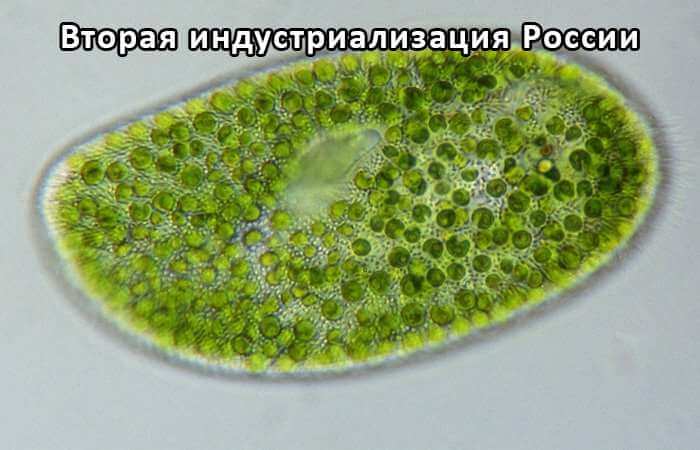Float power

Float the plant.
Float power (float a wave power plant) is an oblong axisymmetrical capsule-float placed on the surface of the sea in the direction of the local vertical. Inside the capsule is placed a mechanical wave energy Converter in the form of an oscillatory drive, the generator and the auxiliary energy storage.
Description:
Float power (float a wave power plant) – module of Pves is an oblong axisymmetrical capsule-float placed on the surface of the sea in the direction of the local vertical. Inside the capsule is placed a mechanical wave energy Converter in the form of an oscillatory drive, the generator and the auxiliary energy storage. Oscillatory actuator allows to align the device with an external wave field, providing optimal conditions for energy extraction.

Under the action of waves capsule-float and oscillating system of the mechanical Converter are in continuous oscillatory motion, while the actuator provides continuous promotion of the generator.
Depending on the destination, it is possible to create as a single module designed for electrical output power up to 50 kW and multi-modular plants in the form of networks, which can be collected from a large number of ten – fifty kW modules with a total electrical capacity of up to tens of megawatts.
The world ocean covers three quarters of the surface of the Earth, participating in the global solar-terrestrial processes. The oceans, according to various estimates, the total have available for utilization of wave power on the order of 1010 kW. So the flux density of solar radiation on average in the year equal to 250 W/m , wind flow (at wind speed of 7.3 m/s) is about 250 W/m , water flow (at a speed of 1 m/s) — 500 W/m , while the average value of the flow energy of the incoming wave period T = 7…10 seconds and a relatively small height H = 2 m per 1 m of wave front is approximately 40 kW. In particular areas in the middle latitudes of both hemispheres the wave activity is characterized by the values of flows 70…100 kW. The use of wave energy of seas and oceans to produce electricity in many regions is of great interest.
Advantages:
– utilization of renewable energy source and environmentally friendly way without disrupting the natural energy balance of the natural environment, without any harmful emissions and waste, without heat, gas and dust-vibration-noise pollution, without withdrawal from the economic turnover of fertile land and forest land,
– the possibility of placing power plants and power complex right in the seas and oceans, in places of little or no use for human habitation or navigation. The ability to change the location of plants depending on wave activity sea area and seasonal-SYNOPTIC conditions
– use in the transducer of the oscillating actuator that aligns the device with an external wave field, thus ensuring the best conditions for extracting energy,
– efficient and reliable performance in all lengths, speeds, intensities and directions of propagation of the waves. The ability to adjust the device parameters under changing external conditions
– using waste constructively, standard components and mechanisms. High service life thanks to protection of units and mechanisms against external aggressive impact of the environment by using sealed capsule – float. Ease of installation and removal of product,
– ability to work in unattended mode
– low cost of the product and operation. Quick payback.
Application:
– float single-module power plant (Pves ) can be used as power sources for light and radio beacons, for power supply equipment emergency and individual life support, metasystem, global and regional systems of communication, navigation, telecommunications etc.
– multi-module bundles modules Pves can serve as a good power base to create organic objects processing industry sea and coastal basing. At the processing object placed, including on off-shore platforms from depleted oil wells will be possible to carry out processing of seafood in food and raw materials for technical purposes, of raw minerals and minerals for future industrial use. Among the tasks that is promising from the point of view of use of the electricity generated by Pves, a special place is the possibility of organizing large-scale electrolysis hydrogen production based on electrolysis of seawater.



